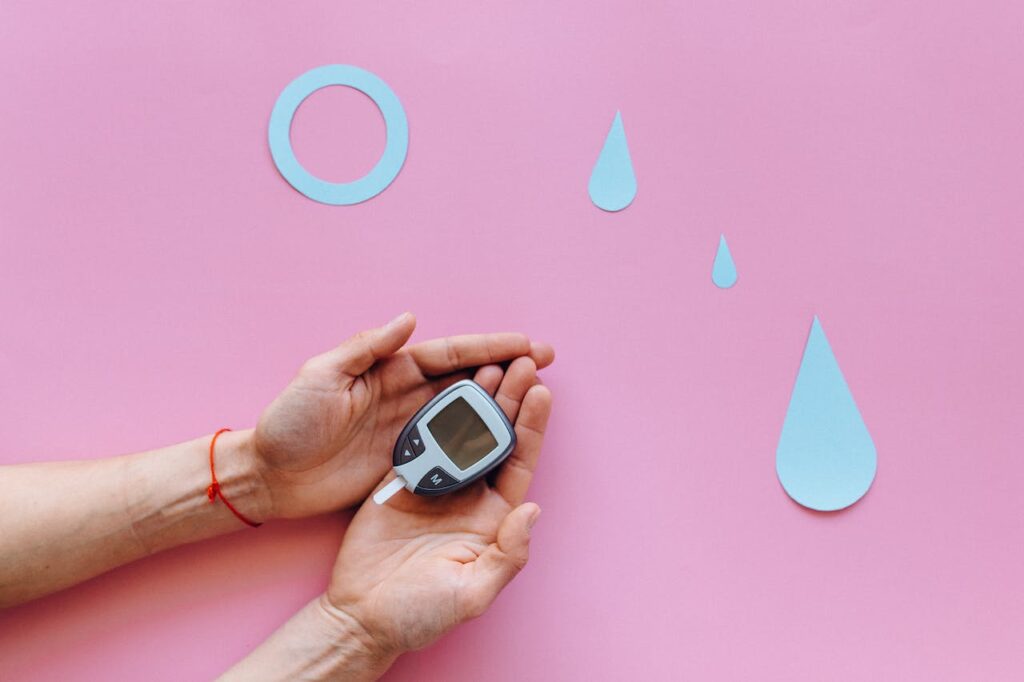Numerous vital functions of insulin are provided to us. It takes blood glucose and transports it into our cells, where it can either be stored as glycogen or burned for energy. It shields the artery walls, neurones, pancreatic cells, and excessive reactive oxygen species production from the harmful effects of hyperglycemia. In particular after weight exercise, it even enhances muscular growth and encourages the production of muscle proteins. We definitely need insulin. As type 1 diabetics easily do in the absence of an external source, we would perish without it.
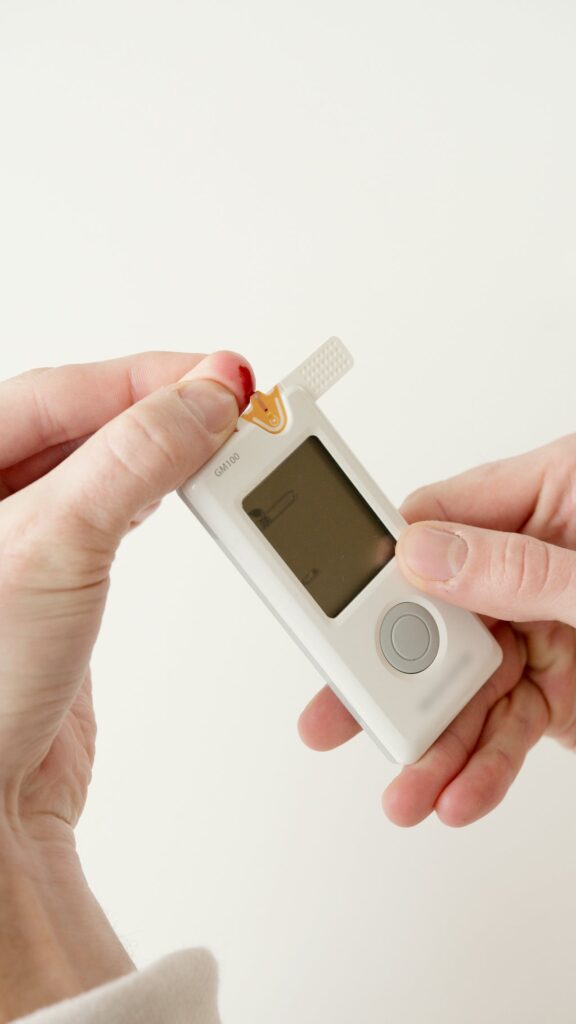
However, insulin also inhibits the body’s ability to break down fat into free fatty acids, which can be used to produce energy. Though it sounds awful, insulin isn’t evil if it locks fatty acids into body fat. Temporarily suppressing lipolysis allows us to burn or store the incoming glucose. Lipolysis starts up again after the glucose is managed. We fluidly switch fuel sources as needed, alternating between burning fat and glucose. Sure, high insulin prevents us from burning fat, but as insulin levels return to normal, we’ll be back on track. This is essentially how it works when you’re insulin sensitive. You release just the right amount of insulin to accomplish the task at hand, without going into overdrive and ceasing to burn fat.
What happens if someone reacts to a glucose load by secreting too much insulin? What happens if a person’s cells are resistant to the effects of insulin for whatever reason (and there are many of potential causes)? What if a person secretes twice or three times as much insulin to eliminate the same amount of glucose from the blood? What occurs if insulin levels are maintained high? An even higher level of inhibition is observed for lipolysis. It gets considerably more difficult to burn body fat. Higher blood sugar levels are exposed to susceptible brain, artery, and pancreatic cells over extended periods of time. The production of muscle proteins steeply declines. The rate of glycogen replenishment is slowed down. Furthermore, if cells are already completely loaded with glycogen and have nowhere else to store glucose, it converts to fat for storage.
We want to avoid becoming insulin resistant, of course. Our goal is to be sensitive to insulin. But what is the process?
1. Heave weights.
By an intriguing process, lifting heavy objects—especially intensely—improves insulin sensitivity. Immediately following an exercise, non-insulin dependent glucose absorption occurs, allowing your muscles to replenish glycogen without the need for insulin. I would say that being effectively insulin-sensitive means not needing to secrete any insulin, as some researchers have found that “the effect of exercise is similar to the action of insulin on glucose uptake.”
2. Sprint intervals: run (or cycle, swim, or row).
An insulin-resistant cell is one that is overworked and full of energy. An insulin-sensitive cell is one that is empty and “starving.” Insulin sensitivity will inevitably rise with any exercise that consumes glycogen and leaves your muscles empty and begging for more. There’s no quicker way to deplete your glycogen stores than a high-intensity interval training session. Rower sprints and hill sprints are both suitably extensive and intense.
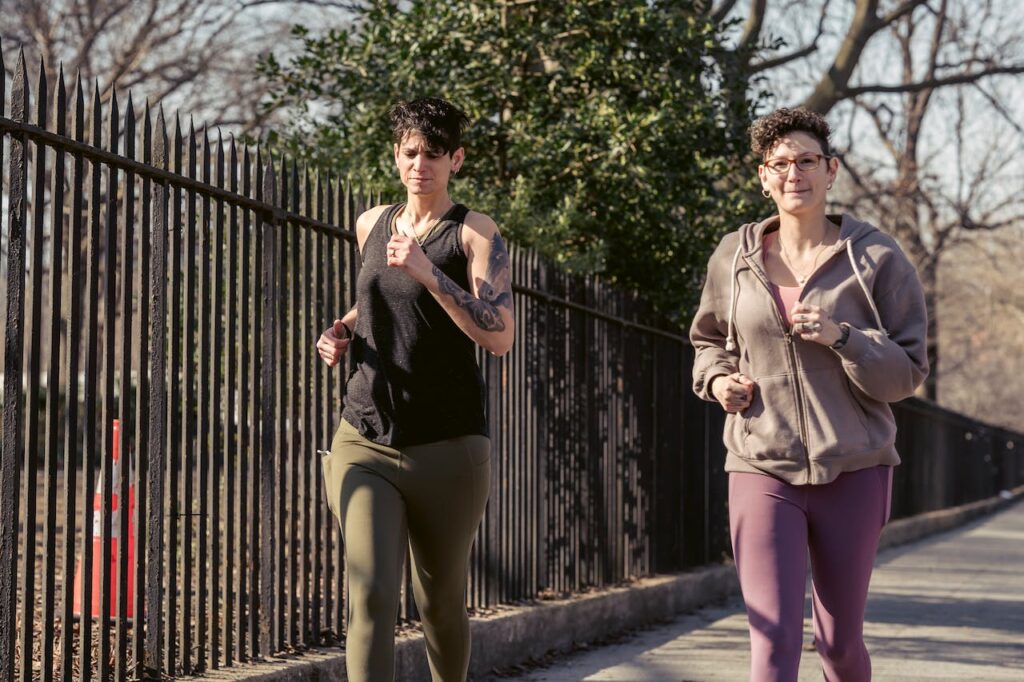
3. Engage in full body, high-volume, high-intensity workout comparable to CrossFit.
Localised glycogen depletion happens when you perform high repetition leg presses; nevertheless, the glycogen in your legs is not affected, nor is it in your arms, chest, or back. You must engage in full-body exercises to completely exhaust your glycogen stores. Your glycogen stores will be depleted and you will require less insulin to restore them if you perform CrossFit WODs and other comparable metcon exercises that include pullups, squats, sprints, pushups, box jumps, and other compound actions at a high volume, in the same workout, and with little recovery.
4. Get fit for altitude.
Hiking at an altitude of 4500 metres was proven to improve insulin sensitivity and glucose tolerance in a recent study. This isn’t practical for everyone—4500 metres is a fairly high altitude, and not everyone lives close to a mountain that suits them—and some people aren’t prepared to hike and climb mountains—some study participants with low DHEA-S levels didn’t receive the benefits. Nevertheless, it’s a start in the right direction. To find out whether any nearby hikes reach those altitudes, simply Google it.
5. Train fasted.
Any type of exercise increases insulin sensitivity, but fasting-induced exercise amplifies this benefit. Even in the context of a typically obesogenic high-fat, high-carb diet, one study demonstrated that relatively high-intensity “cardio” conducted while fasting boosted individuals’ insulin sensitivity beyond the group who completed the same training after a carb meal.
6. Take a walk.
A straightforward stroll can have significant effects, as you are aware from reading this article, especially if you combine them to create a regular walking routine. After a meal, a stroll helps regulate blood sugar levels; however, consistent walking can significantly improve insulin sensitivity. Walking on a daily basis will help, regardless of whether the problem is with obese Japanese men or women.

7. Never give up working out.
In a recent paper, sprinters (aged 20-90 years) and endurance athletes (20-80 years) showed significantly improved insulin sensitivity than sedentary controls. By this, I do not mean “take no breaks,” but rather “stay active for life.” And here’s the thing: neither of the two active groups’ insulin sensitivity declined with age. Even the 90-year-old sprinter was still very sensitive to insulin. The inactive supervisors? Not in that way.
8. Consume cinnamon.
Cinnamon can consistently reduce insulin resistance brought on by sleep deprivation, even though it isn’t always effective against it. There’s also the deliciousness of cinnamon.
9. Drizzle your food with vinegar.
The next time you’re going to have a high-carb supper, start the evening with a salad dressed with vinegar. In type 2 diabetics, vinegar has been demonstrated to improve insulin sensitivity in response to a carbohydrate-rich meal.
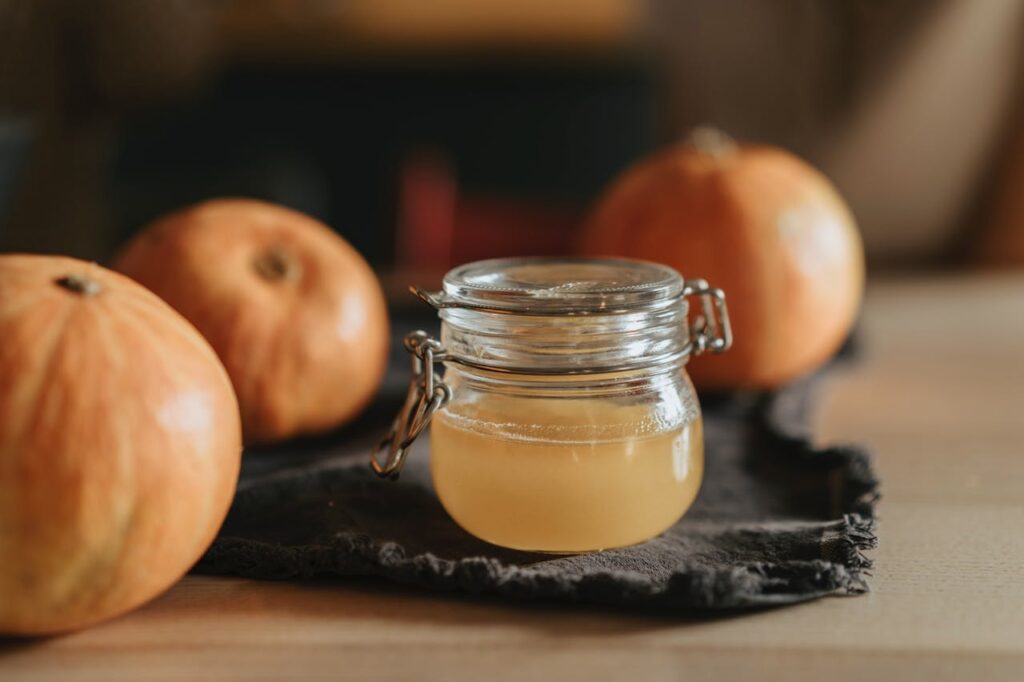
10. Take extra magnesium.
Magnesium is involved in hundreds of physiological activities, many of which are related to insulin sensitivity and glucose disposal. Leafy greens like spinach, almonds, seeds, dark chocolate, and halibut are some of my favourite sources. If you detest chocolate, nuts, salmon, spinach, and other foods high in magnesium, then what’s wrong with you? Oral magnesium supplementation is also a rather effective method.
11. Have some mineral water.
Mineral water—good, high-mineral content water—is rich in minerals commonly associated with insulin sensitivity, like magnesium. So it’s no surprise that high sodium-bicarbonate mineral waters have been shown to increase insulin sensitivity in postmenopausal women and post-surgery breast cancer patients.
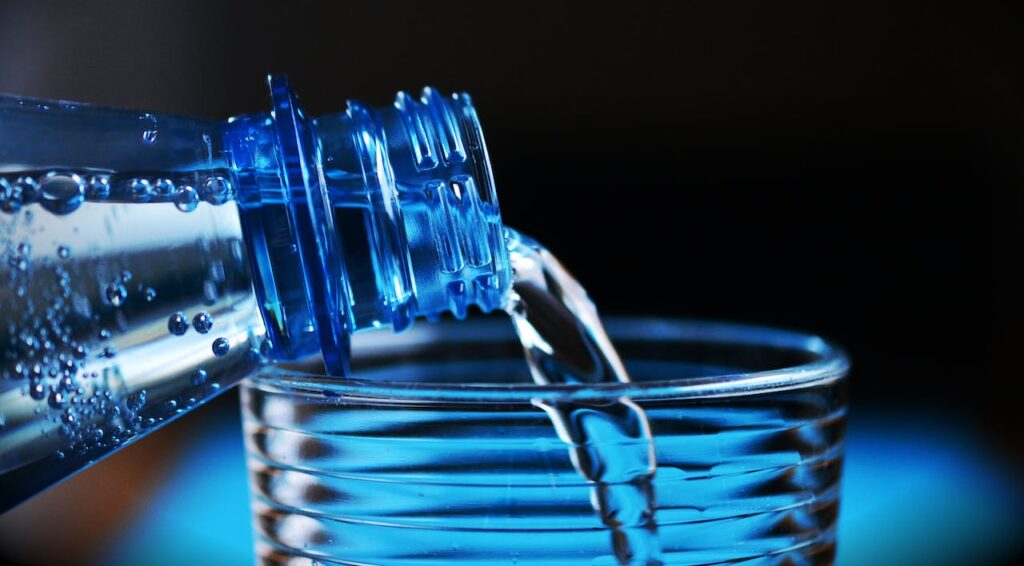
12. Take a tea.
Insulin resistance is decreased in type 2 diabetic subjects by drinking green tea. Insulin resistance is also lessened by pu-erh tea, a strong-tasting fermented black tea. Tea leaves contain gallic acid, an antioxidant that enhances insulin sensitivity. All things considered, tea increases insulin sensitivity.
13. Get lighter.
Since the body generally responds to energy excess—too much energy in—by producing more energy out of the body, lowering weight enhances insulin sensitivity. Increasing insulin sensitivity is especially effective when abdominal fat is lost.
14. Reduce your carb intake, but not too much.
What? Isn’t the best and most efficient way to get insulin sensitivity low-carb? Low-carb diet can, and typically does, enhance insulin sensitivity, in part because it’s usually the simplest method to reduce weight. However, when you go extremely low in carbohydrates, to the point where your body starts using mostly free fatty acids and ketones for energy, your peripheral tissues become insulin-resistant in order to protect the regions of your brain that need glucose. This is typical natural insulin resistance, and it shouldn’t cause any problems as long as you don’t try to consume a high-fat, high-carb diet.
15. Meditate
Perhaps it’s the “flight or flight” stress route, the sympathetic nervous system, going quiet. Perhaps fleeting moments of bodhi lessen the quantity of insulin needed to eliminate glucose. Whatever the cause, insulin sensitivity is increased by meditation. Okay, the meditation went well. It’s never really worked out for me.

16. Give a hug to a loved one.
Alright, so perhaps giving bear hugs to overweight participants improved their insulin sensitivity wasn’t the researchers’ recommendation. Perhaps intranasal oxytocin was used. However, in reaction to fulfilling social interactions such as breastfeeding, dinner parties, sex, excellent discussion, and yes, hugs, our bodies release oxytocin.

17. Get enough rest.
Therefore, obtaining even more adequate sleep won’t improve your insulin sensitivity if you already receive adequate sleep. Insulin sensitivity is destroyed when there is insufficient sleep. You’re regaining what was lost by getting enough sleep.
18. Consume bitter and colourful plant foods.
Colour and bitterness are indicators of phytonutrients, which are invisible plant components that are important to human health but are not listed in conventional nutrient databases. Even in healthy individuals, many, if not most, foods high in phytonutrients—such as broccoli sprouts, dark chocolate, purple sweet potatoes, blueberries, and strawberries—improve insulin sensitivity.

19. Consume strong fermented foods found in Asian cuisines.
For a time now, I’ve been telling you guys to get on this. Is it okay to stop playing around? Insulin sensitivity is improved by eating natto (sticky, stinking, fermented soybeans) at breakfast. It is also enhanced by long-fermented kimchi; fresh kimchi also helps, albeit not as much as the tart variety.
20. Go Primal, or Paleo.
The palaeolithic diet, the darling of nearly every mainstream health expert, reliably increases insulin sensitivity in human participants in controlled experiments. In fact, it outperforms the Mediterranean diet.
21. Cook with ginger and garlic.
Garlic and ginger are excellent when cooked. Ginger and garlic are essential ingredients in many recipes, so cook with them. However, since both ginger and garlic can enhance insulin sensitivity, cook with them as well. Ginger assisted those with type 2 diabetes in regaining glucose tolerance and insulin sensitivity. Rats fed fructose also benefited from garlic.

22. Employ turmeric.
Because of its flavour and pharmacological profile, I adore turmeric. Since I’ve already discussed the benefits of turmeric, the fact that it is a strong insulin-sensitizer shouldn’t be shocking. To boost the bioavailability, make sure to sauté it with some black pepper.
23. Consume foods high in vitamin K2 or take supplements.
Insulin sensitivity was enhanced by vitamin K2 supplementation in a controlled experiment conducted in 2011. Since natto is the highest source of vitamin K2 available, perhaps this explains why it improved it in the breakfast study previously mentioned. Eggs raised on pasture, aged cheeses (particularly gouda), pastured butter, geese and chicken liver, and fermented milk are other possible sources of vitamin K2.
24. Eat less processed sugar.
Some people would advise reducing all sugar intake, but that is incorrect because it leaves out a lot of vibrant fruits and berries, the majority of which either improve or have no effect on insulin sensitivity. However, most reports indicate that consuming large (or even moderate) amounts of refined sugar can lower insulin sensitivity. Naturally, “excessive” is a relative term. More wiggle room is available to highly active persons with surplus glycogen in their compartments. I still put sugar in my coffee, and if someone else purchases dessert at dinner, I’ll have a bite or two.
25. Once a week, eat oysters and liver.
Ruminant liver and oysters serve as excellent sources of copper and zinc, two essential minerals crucial for maintaining insulin sensitivity. The levels of serum zinc and copper exhibit an inverse correlation with insulin resistance, and enhancements in zinc status align well with improvements in insulin sensitivity. If you have an aversion to these foods, alternative sources for zinc and copper are available. However, these options are highlighted as convenient and rapid means to acquire these minerals, along with other vital nutrients.
It’s important to note that this compilation is not exhaustive. The literature likely contains additional strategies for enhancing insulin sensitivity, and there may be undiscovered methods as well. Consider this a starting point that offers plenty of avenues to explore.
Now, we invite your input. What did I overlook that should be added? What should be omitted? What approaches have been effective for you, and which ones, despite common recommendations, did not yield the expected results?
Thank you for taking the time to read!
If you prefer listening over reading, you can access an audio recording of this blog post and subscribe to the Primal Blueprint Podcast on iTunes for instant access to all past, present, and future episodes.


